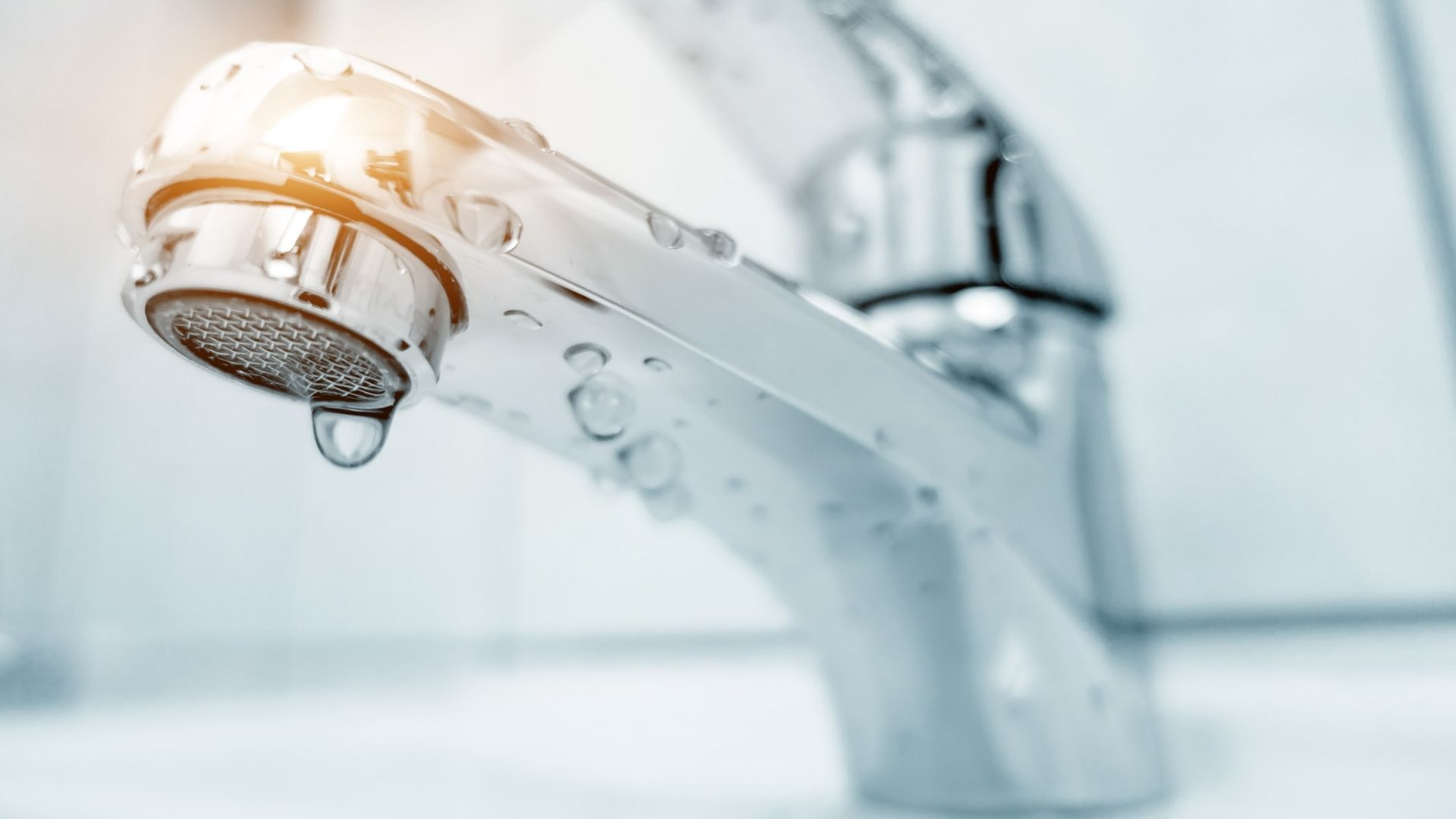Efficient Techniques for Addressing Low Water Pressure in Your Home
Efficient Techniques for Addressing Low Water Pressure in Your Home
Blog Article
Are you on the lookout for tips involving Dealing with Low Water Pressure in Your Home?

Low tide stress in your home can be a frustrating issue, affecting everything from showering to cleaning dishes. If you're experiencing weak water circulation, there are several possible reasons and services to discover. In this guide, we'll talk about typical reasons for low tide pressure and practical steps to address the concern efficiently.
Intro to Low Water Stress
Low water stress happens when the flow of water from your taps, showers, and various other fixtures is weak than normal. This can make day-to-day jobs more challenging and less effective. Comprehending the reasons for low tide pressure is crucial to locating the best service.
Usual Reasons For Low Tide Stress
Faulty Stress Regulatory Authorities
Stress regulatory authorities are responsible for preserving constant water stress in your house. If they malfunction, it can cause low water stress or unequal flow throughout your home.
Metropolitan Water Issues
Occasionally, the problem lies outside your home. Metropolitan supply of water concerns, such as main line leaks or upkeep work, can temporarily reduce water pressure in your location.
Pipeline Obstructions
Gradually, pipelines can end up being obstructed with natural resource, debris, or debris, restricting the flow of water. This is an usual concern in older homes with galvanized steel pipelines.
Corrosion
Rust within pipes can lead to leakages and reduced water stress. Corrosion build-up can tighten water circulation, specifically in aging plumbing systems.
Exactly How to Diagnose Low Water Pressure
Inspecting Pipes
Check visible pipes for indicators of leaks, corrosion, or blockages. Take note of any uncommon sounds, such as banging or rattling pipelines, which could suggest concerns within the plumbing system.
Consulting with a Plumber
If you're unable to identify the reason for low water pressure, think about working with an expert plumber to perform a detailed inspection. They can identify underlying issues and advise appropriate services.
Examining Taps and Fixtures
Begin by evaluating the water stress at various taps and fixtures throughout your home. If the issue is isolated to details locations, it may indicate local issues.
DIY Solutions to Deal With Low Water Pressure
Flushing Hot Water Heater
Debris build-up in the hot water heater can restrict circulation and reduce efficiency. Purging the container periodically helps eliminate sediment and preserve optimal efficiency.
Examining Pressure Regulatory Authority
Ensure that the stress regulator is functioning correctly. Readjusting or replacing the regulator can help restore correct water stress throughout your home.
Cleansing Aerators and Showerheads
Natural resources can accumulate in aerators and showerheads, lowering water circulation. Get rid of and cleanse these elements frequently to improve water stress.
Cleaning Clogs in Water Lines
For small blockages, try utilizing a plumbing snake or chemical drainpipe cleaner to clear obstructions in pipelines. Beware when using chemicals and adhere to security guidelines.
When to Call a Professional Plumber
If DIY efforts fall short to resolve the problem or if you suspect considerable plumbing issues, it's finest to look for support from a licensed plumber. They have the competence and tools to deal with complex concerns securely and properly.
Safety Nets to Preserve Water Stress
Installing a Stress Booster
Take into consideration setting up a stress booster pump to enhance water stress in locations with consistently reduced circulation. This can be especially helpful for multi-story homes or residential properties with high-demand components.
Tracking Water Use
Bear in mind water use routines and avoid overtaxing the plumbing system. Straightforward adjustments, such as shocking showers and washing tons, can help keep adequate water pressure.
Regular Maintenance
Set up routine upkeep for your plumbing system to stop concerns such as corrosion, leaks, and blockages. Attending to small issues early can aid avoid even more considerable repair services later on.
Conclusion
Handling low tide pressure can be irritating, yet recognizing the underlying reasons and implementing ideal options can restore ideal circulation throughout your home. Whether it's cleaning aerators, inspecting pipelines, or talking to a plumber, taking aggressive actions can make certain a stable supply of water for your everyday needs.
How to Fix Low Water Pressure In Your Home
Municipal Water Supply Issues
Scheduled maintenance, high demand, and water main breaks are all potential causes for low water pressure within a city or county’s water lines. While there’s not much you can do to personally fix a problem with your city or county’s water supply system, you can play a big role in documenting the issue and alerting those who can.
How to fix it:
Ask your neighbors if they are experiencing any issues with low water pressure. If multiple homes are affected, it’s likely related to the city’s water line. Contact the local Water Authority to see if there is any maintenance taking place that might be affecting your supply. Also let them know of your specific issues. If other homeowners report the same issues, they’ll know that there could be a larger issue to look into. Faulty Fixtures
A damaged or clogged shower head, faucet or appliance is the first thing we’d suggest checking, especially if low water pressure appears to be isolated to a specific area of your home.
How to fix it:
First, turn off the main water supply to your home. Check the affected appliances for build-up or debris. In the case of a faucet, you can simply unscrew the aerator at the tip of the faucet. Showerheads should be fully detached from the water pipe. While the appliances are detached, you may want to check the water supply to determine if the fixtures were in fact the issue. To clean, soak the showerhead or aerator in vinegar and brush off any visible debris. Reattach the fixtures and check the water pressure again. If it is still low, there is likely a deeper issue at hand, which can be determined by a professional plumber. Pipe Obstructions
Mineral deposits, rust or other debris within water pipes can lead to blockages or corrosion over time.
How to fix it:
When you think of a clog, you probably think of a drain clog. While there are many DIY solutions to clearing a drain, clogs in a water pipe will almost always require the help of a professional plumber. A plumber will be able to locate the affected pipe and clean out any debris or mineral deposit buildup. In severe cases, the pipe may need to be replaced. Your plumber might also recommend a water softening system to remove the minerals from your home’s water supply that can contribute to pipe blockages over time.
Plumbing Leak
Undetected water line leaks can divert water away from your residential pipes, reducing the water pressure in your fixtures.
How to fix it:
Check your water meter by turning off all water sources and monitoring the meter for any movement, which could be a clear indicator of a potential leak. Check all visible pipes for signs of leaking, including water stains, active dripping or damp spots around the pipe. Inspect fixtures, including faucets and showerheads, for any drips. Test the pressure but recording the pressure with the main water valve shut off. Leave off for a few hours and test again. A significant drop in pressure is a clear sign of a leak. https://kiddcoplumbing.com/plumbing-blog/how-to-fix-low-water-pressure/

I hope you enjoyed our section about . Thanks so much for taking a few minutes to read our article. Feel free to take the opportunity to share this blog entry if you enjoyed it. We appreciate reading our article about 10 Reasons for Low Water Pressure in Your House.
Click Here Report this page